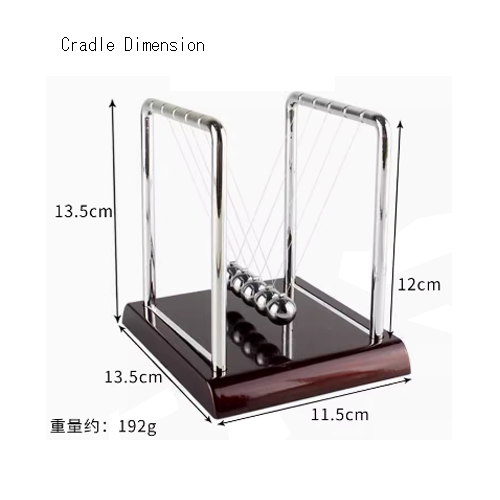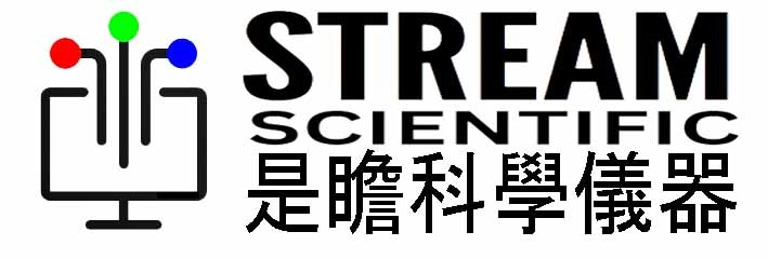
Newton’s Cradle
牛頓搖籃
HK$42.00
Newton's Cradle is a classic physics toy that demonstrates the principles of conservation of momentum and energy. It consists of a series of identical metal balls suspended in a row by thin strings or wires. When one or more balls on one end are lifted and released, they swing down and collide with the stationary balls on the other end.
The key concept behind Newton's Cradle is that the total momentum of a system remains constant if there are no external forces acting upon it. When the first ball is released and swings down, it collides with the stationary ball at the other end, transferring its momentum to it. As a result, the last ball on the opposite end of the row swings upward, while the other balls in the middle remain relatively still due to their inertia.
During the collision, energy is transferred between the balls, but the total energy of the system remains constant. Some energy is lost due to sound, heat, and air resistance, causing the swinging balls to gradually come to a stop.
Newton's Cradle offers a visual representation of Newton's laws of motion. It illustrates how the transfer of momentum occurs through collisions, and how the total momentum and energy of a system are conserved unless acted upon by external forces. The toy is often used as an educational tool to explain these fundamental principles in physics.
牛頓搖籃是一款經典的實體玩具,示範動量和能量守恆原理。 它由一系列相同的金屬球組成,透過細繩或電線懸掛成一排。 當一端的一個或多個球被舉起並釋放時,它們會向下擺動並與另一端的靜止球碰撞。
牛頓搖籃背後的關鍵概念是,如果沒有外力作用於系統,系統的總動量保持恆定。 當第一個球被釋放並向下擺動時,它與另一端的靜止球碰撞,將其動量傳遞給它。 結果,該排另一端的最後一個球向上擺動,而中間的其他球由於慣性而保持相對靜止。
碰撞過程中,能量在球之間傳遞,但係統的總能量保持恆定。 由於聲音、熱量和空氣阻力而損失了一些能量,導致擺動的球逐漸停止。
牛頓搖籃提供了牛頓運動定律的視覺表示。 它說明了動量傳遞如何透過碰撞發生,以及系統的總動量和能量如何守恆,除非受到外力作用。 該玩具經常被用作解釋這些物理基本原理的教育工具。

